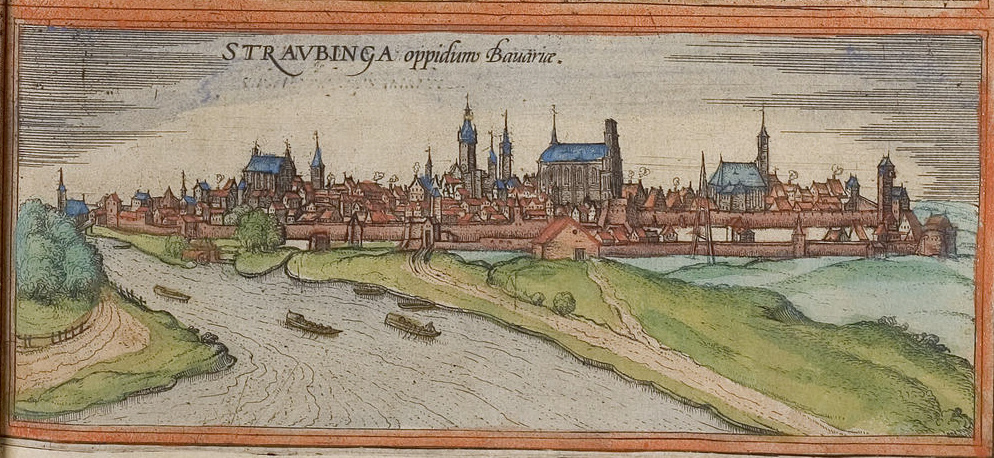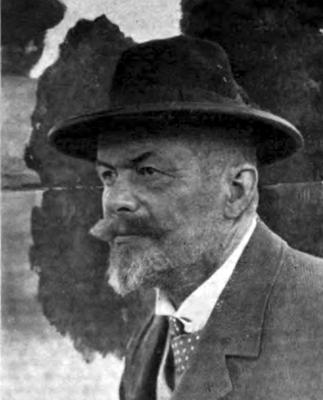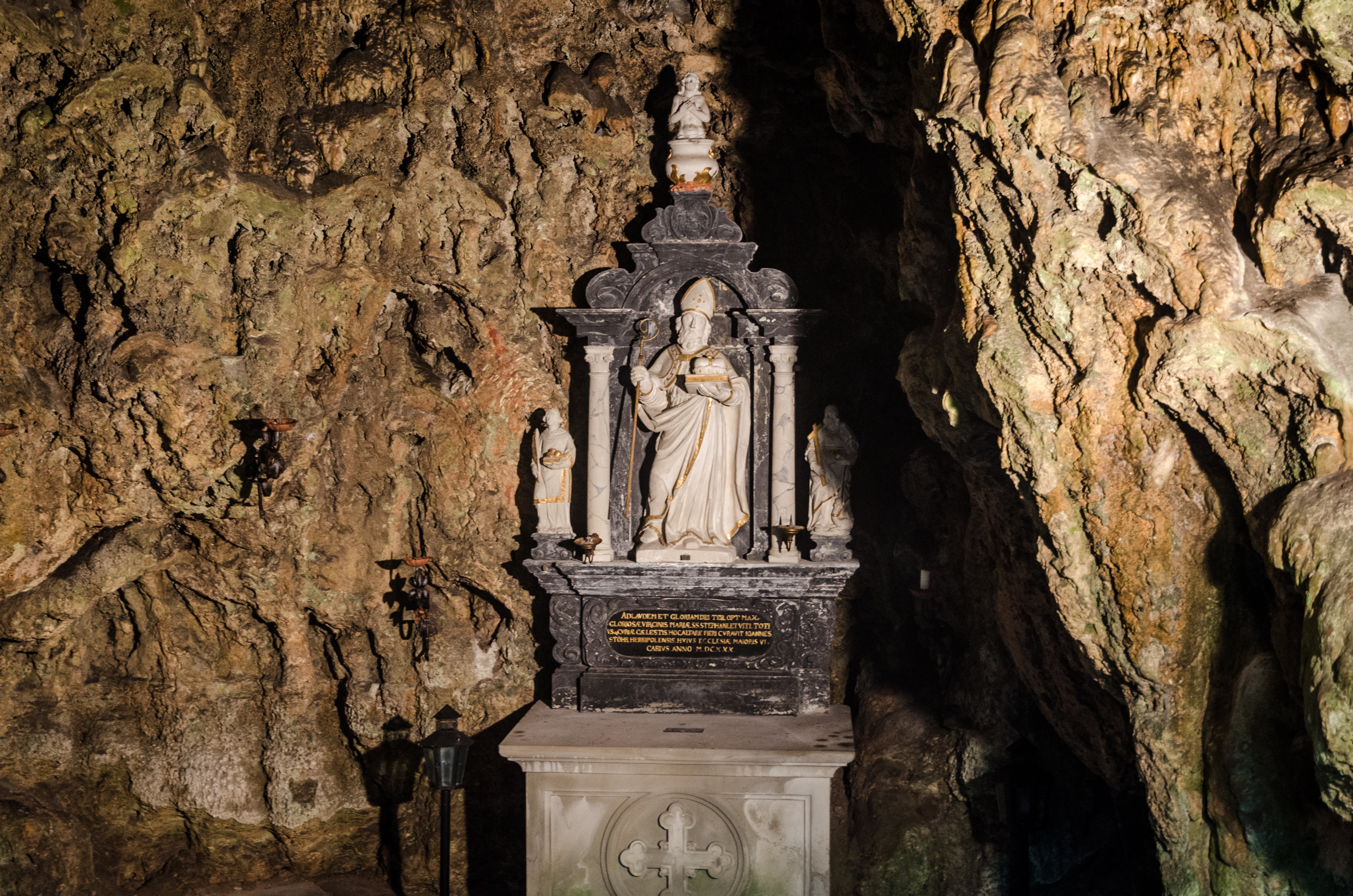|
Paper Mill Homburg
The Paper Mill Homburg, built in 1807, is located in Triefenstein-Homburg am Main. It was used until 1975 for the commercial production of paper and cardboard and was renovated 1994 to 1997 as a paper mill museum. The production facilities with original machines and equipment are preserved. History The beginnings (manual paper production) In 1806, the paper miller Leonhard Leinziger decided to give up his operation in nearby Windheim, Hafenlohr, Windheim due to the temporary shortage of water in the Hafenlohr (river), Hafenlohr River, dismantle the local mill and relocate to Homburg. In November 1806 he received from them permission to found the paper mill in Homburg. The Bischbach was ideally suited for the mill operation, because its source is not far from the mill and delivered sufficient amounts of clean spring water in all months of the year, as it did not freeze in winter. The water served both to drive the water wheel and as process water. At the same time, the Grand ... [...More Info...] [...Related Items...] OR: [Wikipedia] [Google] [Baidu] |
Triefenstein
Markt Triefenstein () is a market community in the Main-Spessart district in the ''Regierungsbezirk'' of Lower Franconia (''Unterfranken'') in Bavaria, Germany. It was created in 1978 out of the villages Homburg am Main, Lengfurt, Rettersheim and Trennfeld. Geography Location Markt Triefenstein is part of the Main-Spessart district of Bavaria. It is located on the river Main between Marktheidenfeld and Wertheim am Main. To the south it borders on Baden-Württemberg. The community has the following ''Gemarkungen'' (traditional rural cadastral areas): Homburg am Main, Lengfurt, Rettersheim and Trennfeld. The former two are located on the left bank of the Main, the latter two on the right bank. Geology The hills in the east of the community's territory are made up of ''Muschelkalk'' on top of the normal ''Buntsandstein'' or red sandstone of the Spessart hills. This terroir makes the area around Homburg well-suited for growing wine. In addition, the vineyards profit from the ... [...More Info...] [...Related Items...] OR: [Wikipedia] [Google] [Baidu] |
Straubing
Straubing () is an independent city in Lower Bavaria, southern Germany. It is seat of the district of Straubing-Bogen. Annually in August the Gäubodenvolksfest, the second largest fair in Bavaria, is held. The city is located on the Danube forming the centre of the Gäuboden. History The area of Straubing has been continuously settled since the Neolithic. The conquest by the Romans in 16–14 BC had a dramatic impact on the whole region. Even today many traces of the 400-year Roman occupation can be found: for example, the famous 'Römerschatz' (Roman treasure) which was excavated in 1950 and which is shown in the Gäubodenmuseum. ''Sorviodurum'', as the Romans called it, was an important military support base. After the fall of the Roman Empire Straubing became a centre of settlement of the Bavarii, mostly around St. Peter's Church (built in the 9th century) between Allachbach and Danube. According to the customs of the Bavarii the settlement was named after their leader ''S ... [...More Info...] [...Related Items...] OR: [Wikipedia] [Google] [Baidu] |
Manufacturing Companies Of Germany
Manufacturing is the creation or production of goods with the help of equipment, labor, machines, tools, and chemical or biological processing or formulation. It is the essence of secondary sector of the economy. The term may refer to a range of human activity, from handicraft to high-tech, but it is most commonly applied to industrial design, in which raw materials from the primary sector are transformed into finished goods on a large scale. Such goods may be sold to other manufacturers for the production of other more complex products (such as aircraft, household appliances, furniture, sports equipment or automobiles), or distributed via the tertiary industry to end users and consumers (usually through wholesalers, who in turn sell to retailers, who then sell them to individual customers). Manufacturing engineering is the field of engineering that designs and optimizes the manufacturing process, or the steps through which raw materials are transformed into a final product. ... [...More Info...] [...Related Items...] OR: [Wikipedia] [Google] [Baidu] |
Baden-Baden
Baden-Baden () is a spa town in the states of Germany, state of Baden-Württemberg, south-western Germany, at the north-western border of the Black Forest mountain range on the small river Oos (river), Oos, ten kilometres (six miles) east of the Rhine, the border with France, and forty kilometres (twenty-five miles) north-east of Strasbourg, France. In 2021, the town became part of the transnational World Heritage Site, UNESCO World Heritage Site under the name "Great Spa Towns of Europe", because of its famous spas and architecture that exemplifies the popularity of spa towns in Europe in the 18th through 20th centuries. Name The springs at Baden-Baden were known to the Roman Empire, Romans as ("The Waters") and ("Aurelia (name), Aurelia-of-the-Waters") after M. Aurelius Severus Alexander Augustus. In modern German, ' is a noun meaning "bathing" but Baden, the original name of the town, derives from an earlier plural, plural form of ' (Bathing, "bath"). (Modern German uses ... [...More Info...] [...Related Items...] OR: [Wikipedia] [Google] [Baidu] |
Gernsbach
Gernsbach () is a town in the district of Rastatt, in Baden-Württemberg, Germany. It is located on the river Murg, east of Baden-Baden in the Black Forest. Twin towns are Baccarat in France and Pergola, Marche in Italy. The town is the historic centre of the lower Murg Valley and forms a central place of mid-size with Gaggenau. It is located in the ', one of the twelve spatial planning regions of Baden-Württemberg. Gernsbach is an officially recognised climatic spa with a historic centre. Furthermore, Gernsbach is noted for its paper industry and Paper Centre, a service provider in the field of training, staff qualification and management consultancy for the German and Swiss paper and pulp industry. Geography Geographical position Gernsbach is located in the northern part of the Black Forest on both banks of the river Murg at 150 to 988 meters above the sea level. In the west the 668 m high mountain Merkur provides a distinctive landscape. In the east there is the 9 ... [...More Info...] [...Related Items...] OR: [Wikipedia] [Google] [Baidu] |
Büttenpapierfabrik Gmund
The Büttenpapierfabrik Gmund GmbH & Co. KG is a paper manufacturer with its headquarters in Gmund am Tegernsee and about 120 employees. The company operates in papermaking in the sectors fine paper, woodfree uncoated paper and paper products. Gmund customers in about 70 countries. History From the beginnings, under the management of Johann Nepomuk Haas, founder of the company, GMUND started to produce fine hand made papers. The Kohler family, who has been running the company since 1904, continued this idea and also developed it further on to suit the times. Johann Nepomuk Haas founded the paper mill in 1829. He had the license to collect rags, which you needed to produce paper. Till 1850 paper was exclusively made from rags. In 1854 Gregor Fichtner took over responsibility for the business and extended it to 60 employees. He concentrated on producing hand made fine paper and supplying papers for official and government documentation. At that time Gmund was purveyor to the Bava ... [...More Info...] [...Related Items...] OR: [Wikipedia] [Google] [Baidu] |
Papiermühle Homburg 13 (''Basler Papiermühle''), a museum in Basel, Switzerland, dedicated to paper making
{{disambig ...
Papiermühle (German for "paper mill") may refer to: * Papiermühle (Engelskirchen), a part of Engelskirchen, North Rhine-Westphalia, Germany * Homburger Papiermühle, a part of Nümbrecht, North Rhine-Westphalia, Germany *''Papiermühle'', the German name for the village Papiernia, Warmian-Masurian Voivodeship, Poland *Basel Paper Mill The Basel Paper Mill ( German: ''Basler Papiermühle''), also known as the Swiss Museum for Paper, Writing and Printing ( German: ''Schweizerisches Museum für Papier, Schrift und Druck'') in Basel, is primarily dedicated to papermaking, the art ... [...More Info...] [...Related Items...] OR: [Wikipedia] [Google] [Baidu] |
Papiermühle Homburg 35 (''Basler Papiermühle''), a museum in Basel, Switzerland, dedicated to paper making
{{disambig ...
Papiermühle (German for "paper mill") may refer to: * Papiermühle (Engelskirchen), a part of Engelskirchen, North Rhine-Westphalia, Germany * Homburger Papiermühle, a part of Nümbrecht, North Rhine-Westphalia, Germany *''Papiermühle'', the German name for the village Papiernia, Warmian-Masurian Voivodeship, Poland *Basel Paper Mill The Basel Paper Mill ( German: ''Basler Papiermühle''), also known as the Swiss Museum for Paper, Writing and Printing ( German: ''Schweizerisches Museum für Papier, Schrift und Druck'') in Basel, is primarily dedicated to papermaking, the art ... [...More Info...] [...Related Items...] OR: [Wikipedia] [Google] [Baidu] |
Venezuela
Venezuela (; ), officially the Bolivarian Republic of Venezuela ( es, link=no, República Bolivariana de Venezuela), is a country on the northern coast of South America, consisting of a continental landmass and many islands and islets in the Caribbean Sea. It has a territorial extension of , and its population was estimated at 29 million in 2022. The capital and largest urban agglomeration is the city of Caracas. The continental territory is bordered on the north by the Caribbean Sea and the Atlantic Ocean, on the west by Colombia, Brazil on the south, Trinidad and Tobago to the north-east and on the east by Guyana. The Venezuelan government maintains a claim against Guyana to Guayana Esequiba. Venezuela is a federal presidential republic consisting of 23 states, the Capital District and federal dependencies covering Venezuela's offshore islands. Venezuela is among the most urbanized countries in Latin America; the vast majority of Venezuelans live in the cities of the n ... [...More Info...] [...Related Items...] OR: [Wikipedia] [Google] [Baidu] |
Colander
A colander (or cullender) is a kitchen utensil used to strain foods such as pasta or to rinse vegetables. The perforated nature of the colander allows liquid to drain through while retaining the solids inside. It is sometimes also called a pasta strainer or kitchen sieve. Description and history Traditionally, colanders are made of a light metal, such as aluminium or thinly rolled stainless steel. Colanders are also made of plastic, silicone, ceramic, and enamelware. The word ''colander'' comes from the Latin ''colum'', meaning sieve. Types of colanders * Bowl- or cone-shaped – the traditional colander * Mated colander pot Other uses The colander in the form of a pasta strainer was adopted as the religious headgear of the religion Pastafarianism in deference to the Flying Spaghetti Monster. See also * Chinois * Filter (chemistry), Filter * Zaru References External links * * Food preparation utensils Filters Religious headgear {{Cooking-tool-stub ... [...More Info...] [...Related Items...] OR: [Wikipedia] [Google] [Baidu] |
Homburg Am Main
Markt Triefenstein () is a market community in the Main-Spessart district in the ''Regierungsbezirk'' of Lower Franconia (''Unterfranken'') in Bavaria, Germany. It was created in 1978 out of the villages Homburg am Main, Lengfurt, Rettersheim and Trennfeld. Geography Location Markt Triefenstein is part of the Main-Spessart district of Bavaria. It is located on the river Main between Marktheidenfeld and Wertheim am Main. To the south it borders on Baden-Württemberg. The community has the following ''Gemarkungen'' (traditional rural cadastral areas): Homburg am Main, Lengfurt, Rettersheim and Trennfeld. The former two are located on the left bank of the Main, the latter two on the right bank. Geology The hills in the east of the community's territory are made up of ''Muschelkalk'' on top of the normal ''Buntsandstein'' or red sandstone Sandstone is a clastic sedimentary rock composed mainly of sand-sized (0.0625 to 2 mm) silicate grains. Sandstones comprise abo ... [...More Info...] [...Related Items...] OR: [Wikipedia] [Google] [Baidu] |





